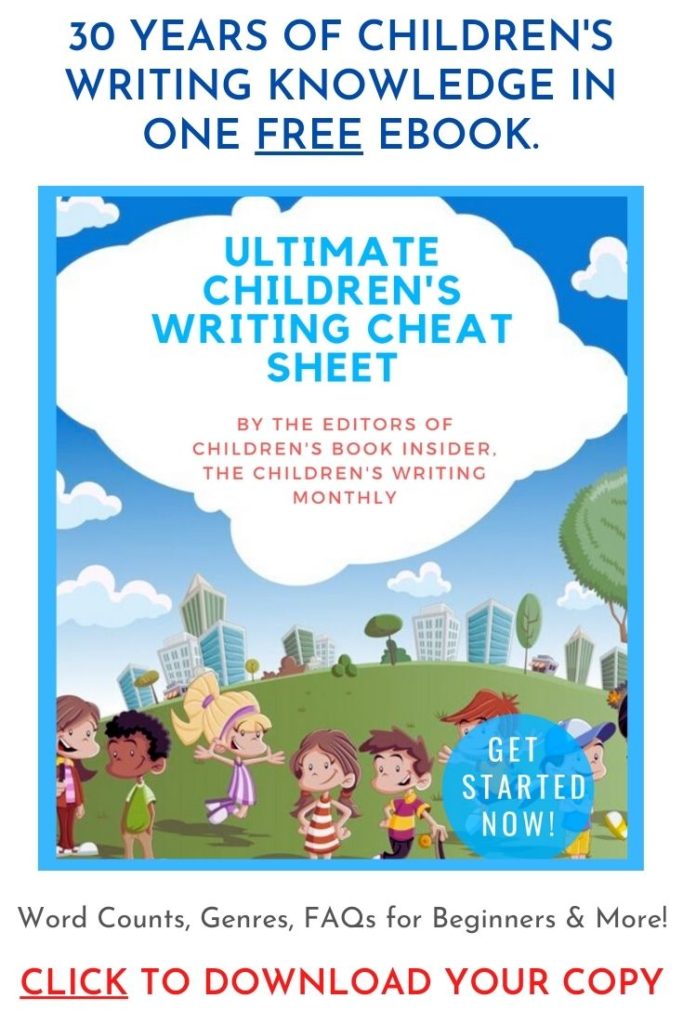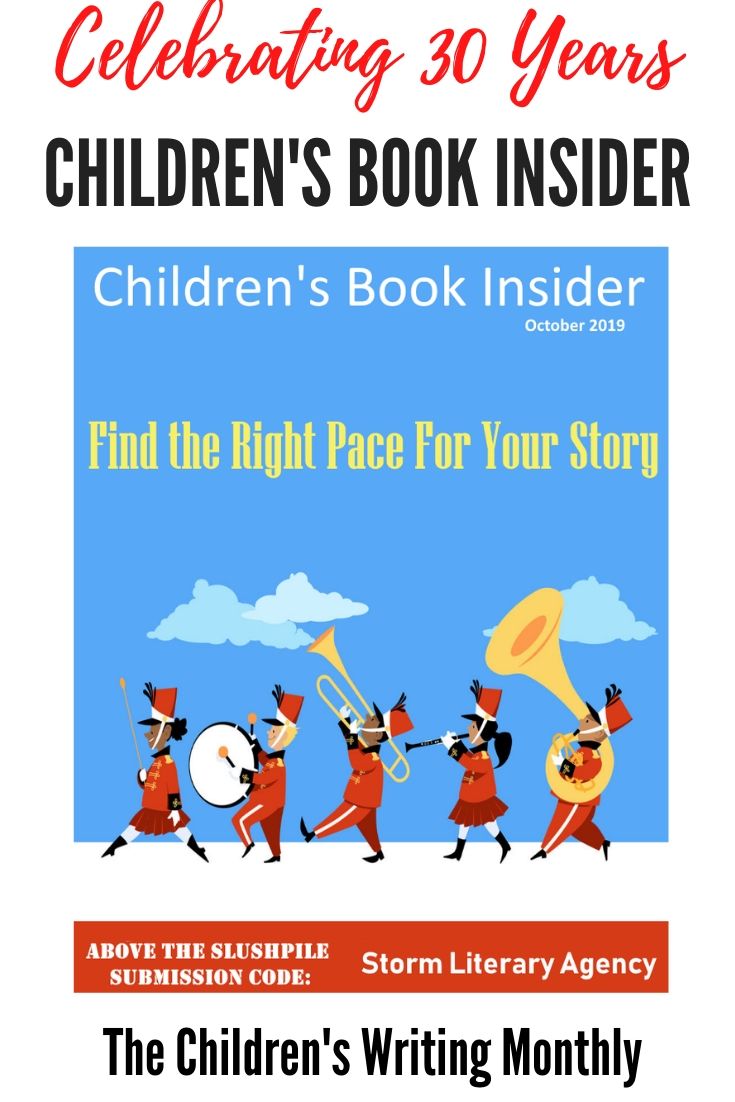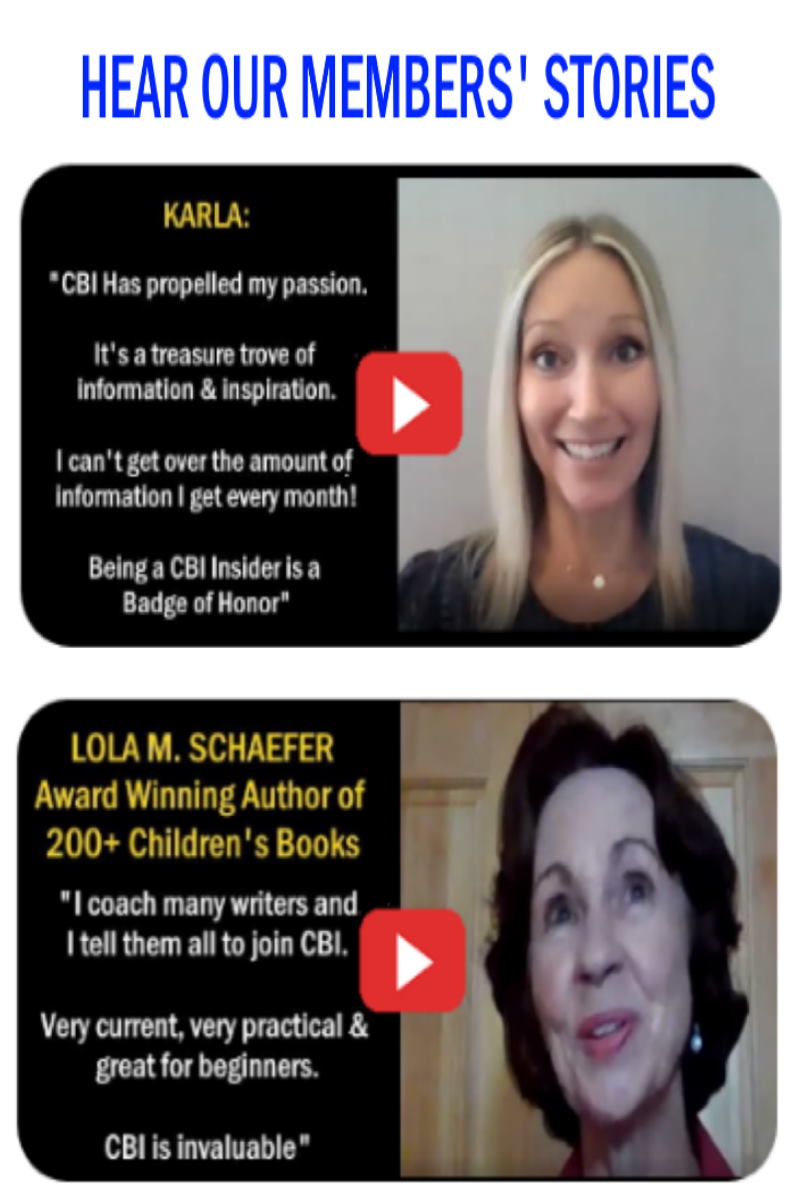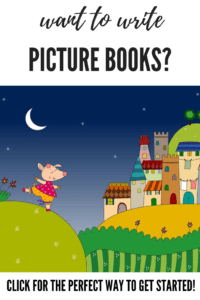by Jane Choate
What is the first step in learning to write children’s books?
The first and, I believe, most important step is to genuinely like children. If you are uncomfortable around children, if you’d rather be anywhere else than with a group of children, you’re probably better off spending your time and efforts writing for the YA or New Adult crowd.
If you think writing for children is easier than writing for adults, this field is probably not right for you. Today’s children are discriminating, intelligent, and insightful. They will pick up on any hint that an author doesn’t respect them. By the same token, don’t think that you can write down to children. This is demeaning to them and to your own abilities.
If, however, you honestly like and respect children and want to create meaningful stories for them, read further.
Having answered that question, you should ask yourself, “What do I want to write for children?” Is it fantasy? Biography? Historical fiction? Picture books? Middle grade fiction?
Each genre has specific characteristics and needs. If, for example, you want to write picture books, are you familiar with current ones? Immerse yourself in them. Do your homework and find out what are the most recent releases.
Next, ask yourself what age group you are targeting. If you are targeting the pre-school set, understand the power of repetition of words and the use of simple but vivid language. Is it penning stories for the middle grade reader that appeals to you? Or is it writing action/adventure for teens that captures your interest? Whatever it is, read widely in your targeted area.
And while it’s fine to read the classics, WHERE THE WILD THINGS ARE, LITTLE WOMEN, TOM SAWYER, THE PRINCE AND THE PAUPER, etc., read what is popular now. More than ever, children, teens, and young adults are in tune with what is current. Through social media, television, and other forms of media, they are savvy about what is current now.
Read with an ear to rhythm and sound. While many publishers shy away from rhyme books, if you have a knack for that, give it a try. Read with an eye to imagery.
Of course, picture books need a story line that lends itself to illustrations. What, though, of early reader or middle grade books? They also need vibrant, image-provoking language.
Don’t forget the other senses: touch, taste, smell. Pay attention to how authors evoke all the senses with their words.
Talk with librarians of the children’s section and find out what books they are ordering and why. Talk with teachers of the age group you are targeting. Talk with parents and grandparents.
Most importantly, talk with your children or grandchildren about what they are reading and why they like—or dislike—that book. If you don’t have children of your own, volunteer to read at your local school. Schools are always looking for people willing to read with the students, on an individual and group basis.
Okay. We’ve talked about why you want to write for children and how to prepare. Now, let’s talk about how to write.
- Know your audience. If you are penning a picture book, you will want to use simple, declarative sentences.
- Know your vocabulary. Pay attention to vocabulary lists. However, don’t be afraid to introduce a new word every so often. Use it in a context that explains its meaning. Don’t be afraid to challenge your readers.
- Know your storyline. Children’s books need plot, conflict, and resolution, just as do books for adults.
- Know the guidelines of the publisher you are targeting. Look online for guidelines. Better yet, read what that publisher is publishing today.
Writing for children can be a pleasure, a joy. It also carries a responsibility. Do you have what it takes to write for them? Only you can answer that.
CBI Insiders, check out these posts for more great advice:
Writing a Children’s Book – First Steps for the Absolute Beginner
Nuts & Bolts: Word Counts & Age Groups in Children’s Books
Picture Books 101
Tags: beginner






Thanks for the article! It’s great to see new children’s books come to life!